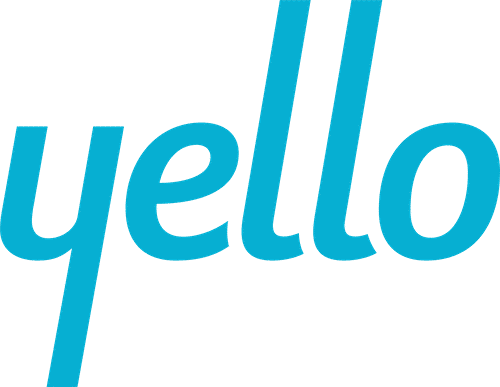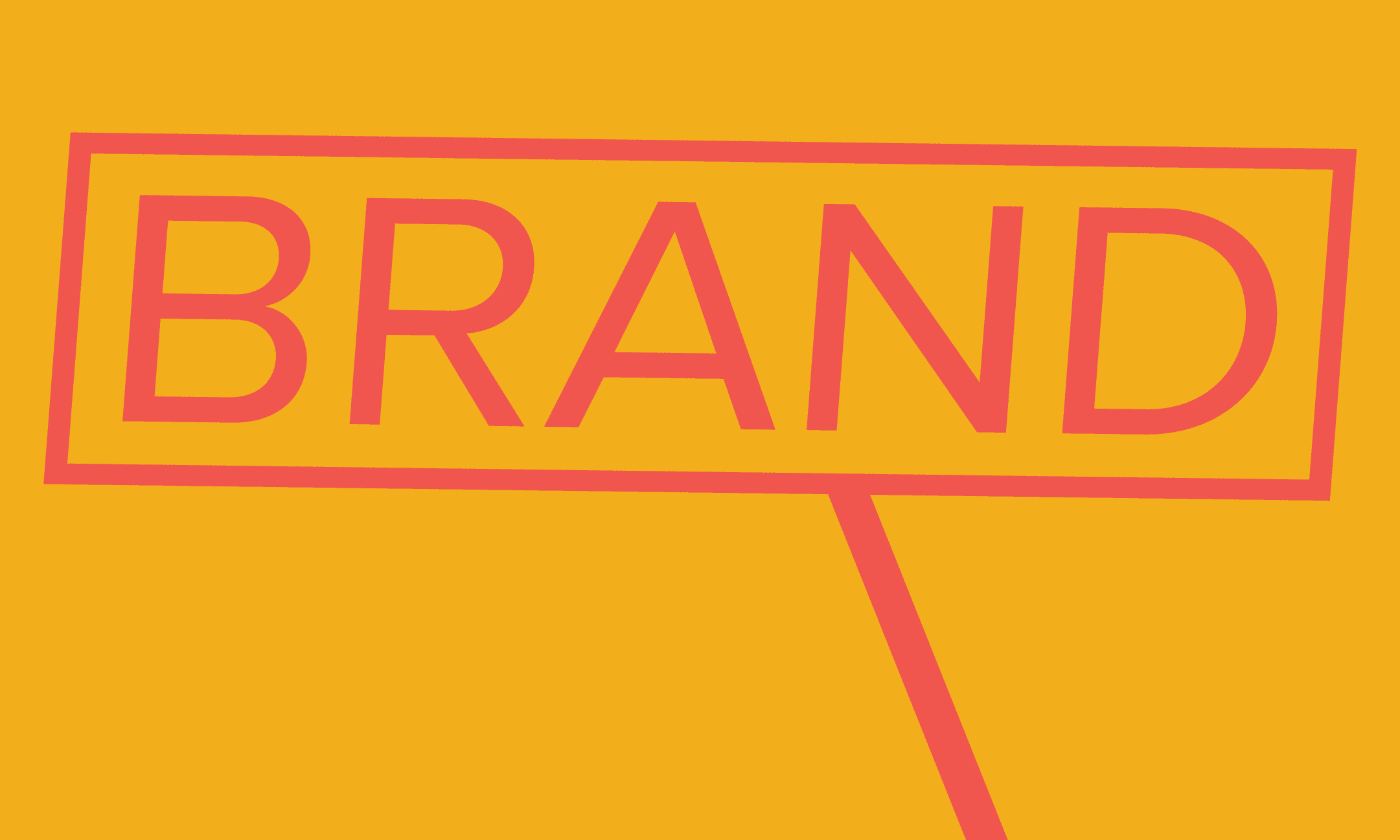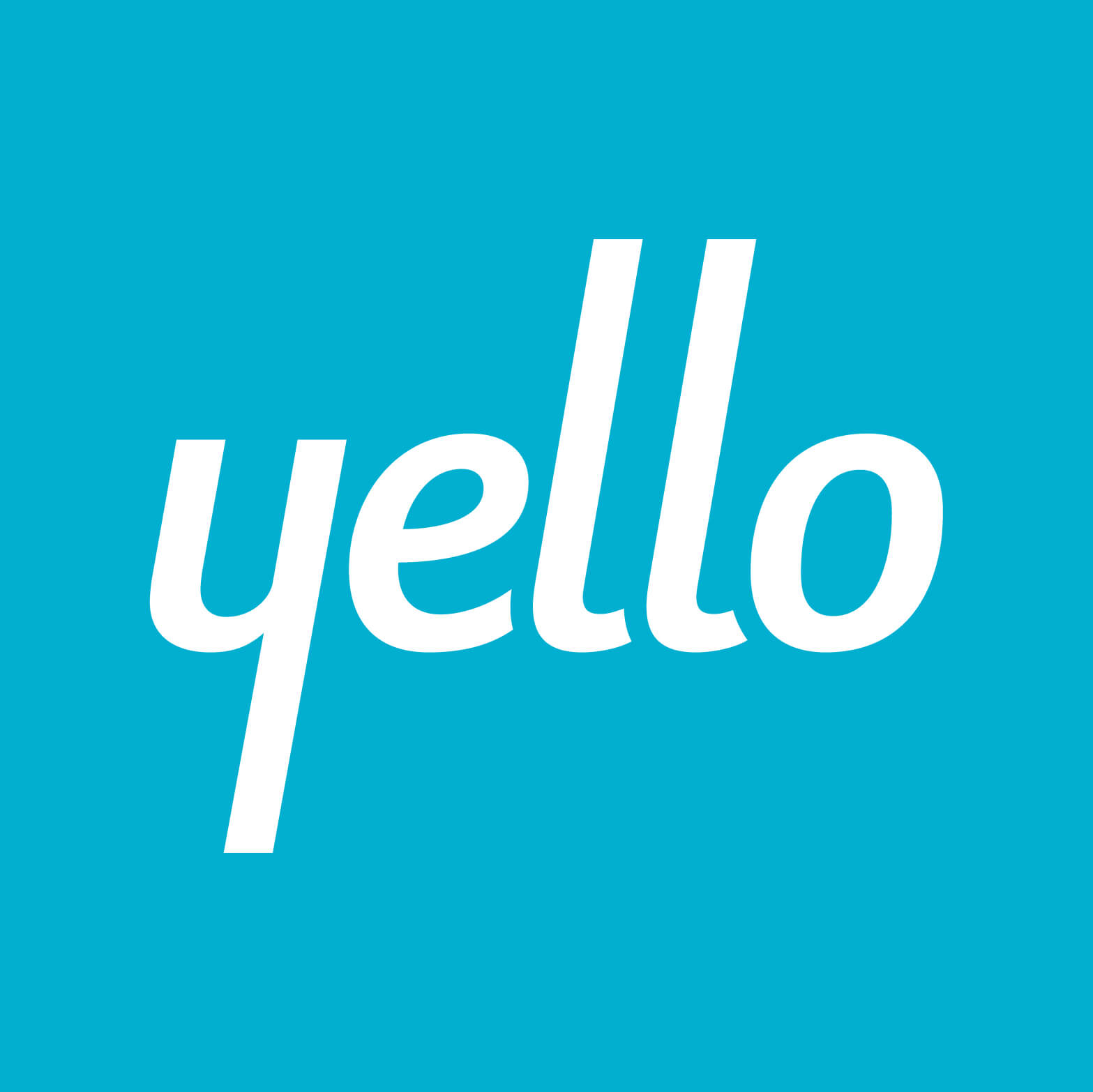[vc_row full_width=”stretch_row” content_placement=”top” v_position=”top” css=”.vc_custom_1482444708270{background-color: #ffffff !important;background-position: 0 0 !important;background-repeat: no-repeat !important;}” font_color=”#163c4a”][vc_column animation=”none” bg_color=”” bg_image=”” column_padding=”no-padding” column_custompadding=”0px 0px 0px 0px” column_center=”” text_color=”dark” custom_text_color=”” text_align=”left” delay=””]The Employer Brand Manifesto by branding and recruitment marketing expert James Ellis provides a clear vision for the role of employer branding in recruiting, identifies five essential values for employer brand professionals and establishes an 11-point bedrock of employer branding truths.
Who is James Ellis? He runs a consulting practice to help organizations like Liberty Mutual, Target and Groupon improve their employment brands, and he is a noted writer, speaker and podcaster on the topic. Here are four eye-opening insights from a top thought leader in the employer branding space:
1. The Future Already Happened
“Technology, society and business changes mean that someone who’s talented has more options than ever to make a living (see: war for talent, gig economy, remote work, side hustles, etc.).”
This insight reveals how urgent it is for employers and recruiters to change with the times. You’ll always have to match the right skills and competencies for a role—that’s never going to change—but you may have to think long and hard about what makes your organization attractive to the most talented candidates.
It’s not enough to offer work or even well-compensated work (see below) when remote work opportunities, reduced-hour positions, job-sharing and unlimited PTO policies can radically change what working means. Does your employer brand project the type of flexibility and openness to new ideas that will attract top talent?
2. It’s Not Just the Paycheck
“These options [referenced in Insight #1 above] are not just about extracting maximum compensation from a company, but about building their own optimal lifestyle, based on a personal and holistic approach to what motivates them.”
Compensation is important, and don’t let anybody tell you differently, but compensation isn’t everything. Your open role could represent a chance for a candidate to make a life-improving change that lets them feel better about their future, enhance their work-life balance or increase their sense of worth for having made meaningful contributions to work that matters to them on a personal level.
That potential for change is a huge motivator, but it doesn’t mean anything if candidates aren’t engaged with your brand.
3. What Worked Before Won’t
“The most sought-after talent doesn’t spend time on job boards. They are actively employed in most cases and are being reached out to by headhunters already. This kind of talent already knows what employers to talk to when they are ready to make a move. Job boards are only part of the solution.”
The days of post-and-pray recruiting are over. Yes, you should continue to list open positions on your career site and make use of job boards. Of course. But you should also start conversations with candidates that draw them into your talent community so you can showcase what makes you unique.
4. Your Brand Comes from Within
“Your employer brand isn’t a veneer or coat of paint. It starts on the inside as a core culture that is reinforced by the people who are hired and stick around. Distilled properly, it can be communicated out, attracting great talent not to apply, but to learn more. As these new people onboard, they augment the culture, making employer brand a system to be managed, not a button to be pushed.”
Put simply, your employer brand is bone-deep, but it also has room to grow. As Ellis says, it’s “a system to be managed.” That means you can cultivate your brand and shape how it appears to candidates by merely bringing in the type of people who can effect a change.
In other words, innovation can be part of your organizational DNA when you recruit and hire innovators. Your employment brand can mean diversity and inclusion when your workforce is diverse and inclusive. You can be whatever you want to be when you recruit and retain the right people.
So there you are—four insights about employer branding to consider as you form your 2019 strategy. To read the rest of Ellis’s 11-point manifesto, check out his LinkedIn page. Also, because Ellis considers the manifesto a living document, there just may be something new for you when you visit.



